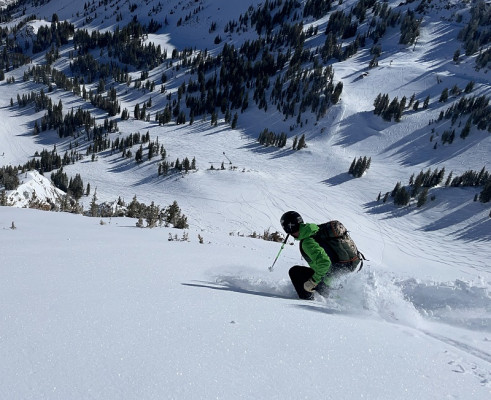9/28/2022 Race-Plus Boots Galore!
Here at Skimo Co, we spend a lot of time discussing ski touring boots. They’re important—potentially the most oft-used gear a backcountry skier will own. Plus, there are huge consequences if you get it wrong, as anyone with frostbitten toes or blistered heels will ruefully attest. The past ten years have witnessed a proliferation of choices as traditional alpine ski brands are joining the party started by ski mountaineering specialists such as Dynafit and SCARPA.
For several seasons now, there have been a host of excellent touring boots that weigh between 1,200 and 1,500 grams, as well as several options in the race category at half that. Relatively recently, boots such as the Scarpa Alien RS and Fischer Travers blurred the lines between great skiing and great skinning while hovering right around the 1-kilogram mark. These boots are awesome for daily use while still being light enough for casual skimo racing when you’re not quite ready to commit to full race gear. They shine on touring skis between 75-95mm in width or thereabouts, but can also ski plenty of powder on lighter wide boards if you're not getting too sendy. We've taken to calling them "race-plus" boots.
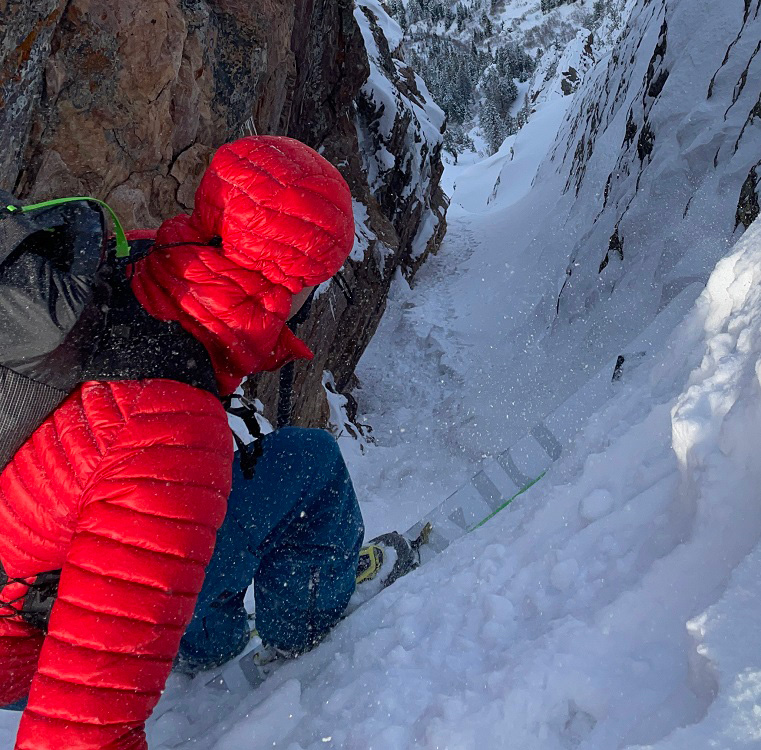
We're happy to report that what was an anomaly has now become a veritable trend, with several new boots joining the conversation for 2022-23! Let’s take a look at the entries to see what we can learn, starting with some context.
By and large, skimo race boots are composed of carbon and/or Grilamid, an extremely light yet stiff plastic. They ship with thin, flexible liners and generally offer over 60 degrees of range of motion in walk mode. The ski-walk mechanism may be little more than a wraparound string extending from the rear of the cuff. Buckles are few—often we see simple boa locks—and weight savings are generated by ditching the boot tongue and thinning the shell walls. Touring boots, by contrast, tend to employ thicker materials—mostly plastics including Grilamid but also Pebax, Polyurethane, and Polyamide. These materials remain light while offering a more “springy” feeling vs. the rigid feel of full-carbon boots. They are typically stuffed with supportive liners that can inhibit the walk mode.
Though our “race-plus” category is hardly an official segment of the market, these boots in the spotlight aim to strike a compromise between race boots’ weight and range of motion with the stiffness, skiability, and durability of a touring boot. Done right, this approach can lead to significant uphill performance gains with only minor downhill sacrifices when compared to more standard touring boots. The hallmark of this niche is a tongueless forward flex, while many brands incorporate carbon cuffs or carbon-infused plastic while targeting the psychological 1,000g weight threshold. Let’s preview some of the new entries!
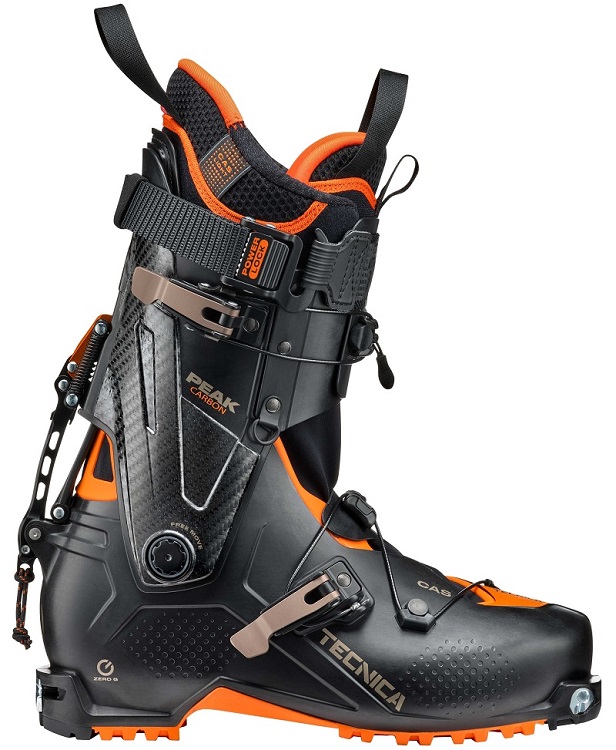
Tecnica Zero G Peak Carbon
This boot is arguably one of the most anticipated new entries on the touring market, owing to the success of the Zero G Pro Tour four-buckle boot. The Pro Tour was a rare and notable backcountry success story from an alpine ski giant. It speaks to the growing popularity of “race-plus” boots that Tecnica opted to release a 1,000g carbon Formula 1 model for its most recent foray into touring boots.
The Zero G Peak Carbon uses a carbon-infused-Grilamid shell and full carbon cuff to keep things extremely light while still maintaining torsional rigidity and power transfer. Also borrowed from the Pro Tour is a double-locking ski-walk lock, which reinforces the shell-cuff interface in ski mode for increased downhill cuff support and accidental mode-switch prevention. Unlike the Zero G Pro Tour, these boots are broadly suitable for skiers with medium to high-volume feet, while not being particularly wide.
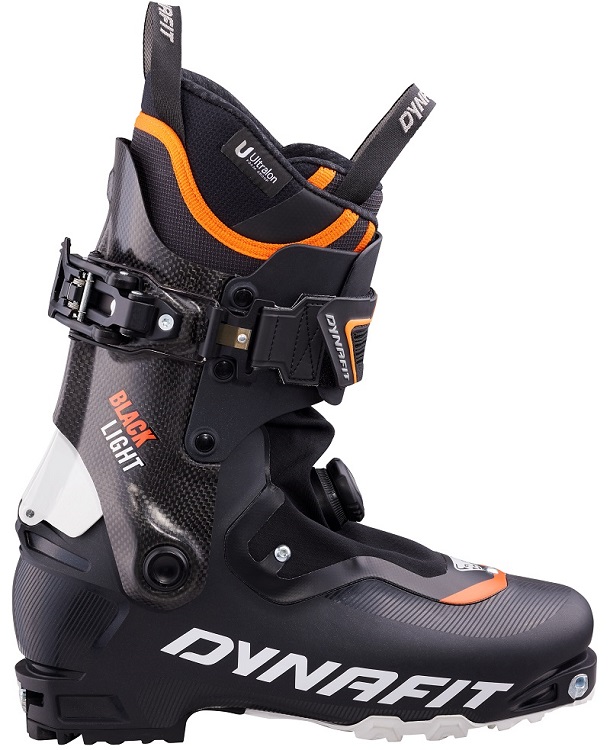
Shop staffers scrambled to try out the TLT X when it first arrived for a preview in the spring of 2022. The Blacklight is built from the same mold as the TLT X but features carbon rather than fiberglass in the cuff, helping it clock in only a few dozen grams heavier than the Mezzalama, one of Dynafit’s dedicated race boots. Though the Blacklight’s specs are lighter and the flex easier than the TLT 8, it’s not necessarily a departure for the ski touring masterminds as they’ve been flirting with 1,000g touring boots for a few generations now. The Blacklight has a comfortable fit reminiscent of Dynafit's Radical Pro boot but in a much lighter form. The "X" platform doesn't have the top-end power of the TLT8 series, but will be the perfect balance of skiing and walking for many...the culmination of decades of German & Italian engineering.
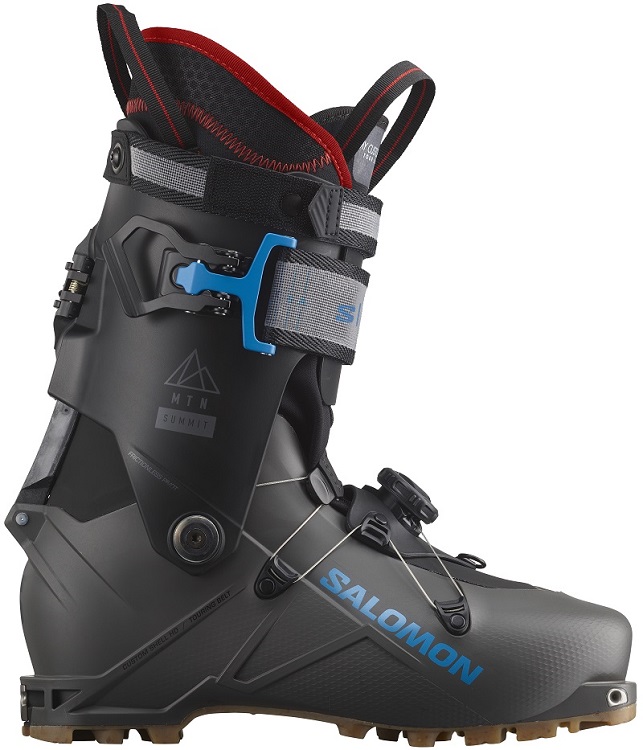
Salomon has released carbon touring boots before with mixed success. Most notably, the X-Alp Carbon’s slightly busy ski-walk system and uncomfortably low volume fit limited its popularity. The new S/Lab MTN Summit has streamlined the ski/walk mechanism, lightened the overall package by roughly 150g, and employs a proprietary boa system known as a “Touring Belt.” We’re also noting a thick cuff buckle and power strap reminiscent of beefier touring boots, sure to increase downhill power coupled with the unmistakable sheen of carbon fiber. In our testing, the Summit was very close to being a home run, with some niggly walk issues to work through for production, fingers crossed.
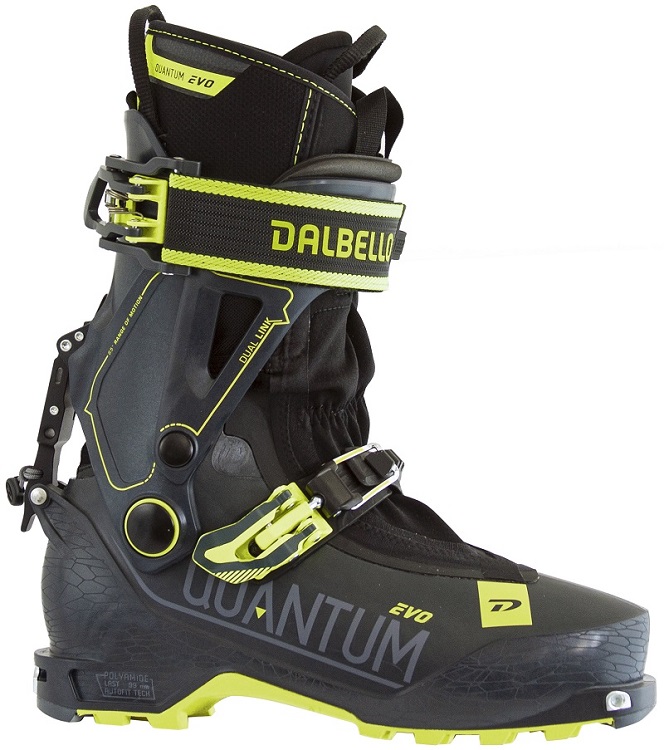
This Italian boot company has made several good versions of its Quantum Boot. The series is known for its reliable flex, relatively snug midfoot and toe box, and open-shell design over the tongue. The Quantum Evo swaps Pebax for carbon-infused polyamide, as well as losing the top cuff buckle in favor of a single power strap throw. While we’ll have to verify specs as always, these boots are listed at exactly 1,000g in the demo weight, which is music to the ears of the light and fast crowd. If it walks and skis even close to as well as the Quantum Asolo Factory, it will be a success.
In conclusion, while it is not uncommon for companies to re-release products with minor cosmetic updates, it seems there are real resources—new molds, new materials, and new feature sets—being dedicated to expanding the selection of ~1,000 gram boots. Paired with an appropriate ski and binding, these boots are poised to tempt folks who have until this point been content with a heavier setup. As always, fit is extremely important with ski boots and the best one for you is likely the best fitting one, so stop in and try them on. We couldn't be happier with all the new fit options and look forward to putting these through the wringer!
Comments
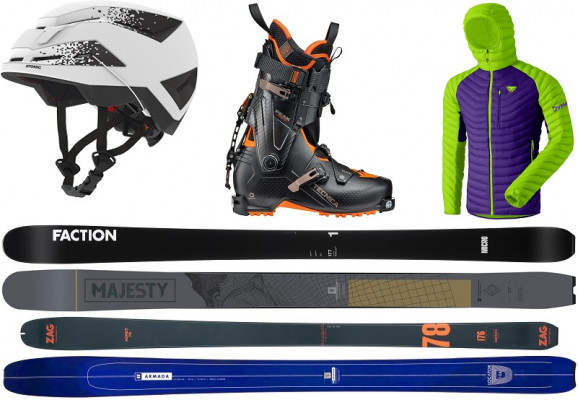
10/1/2022
2022/23 Season Preview
